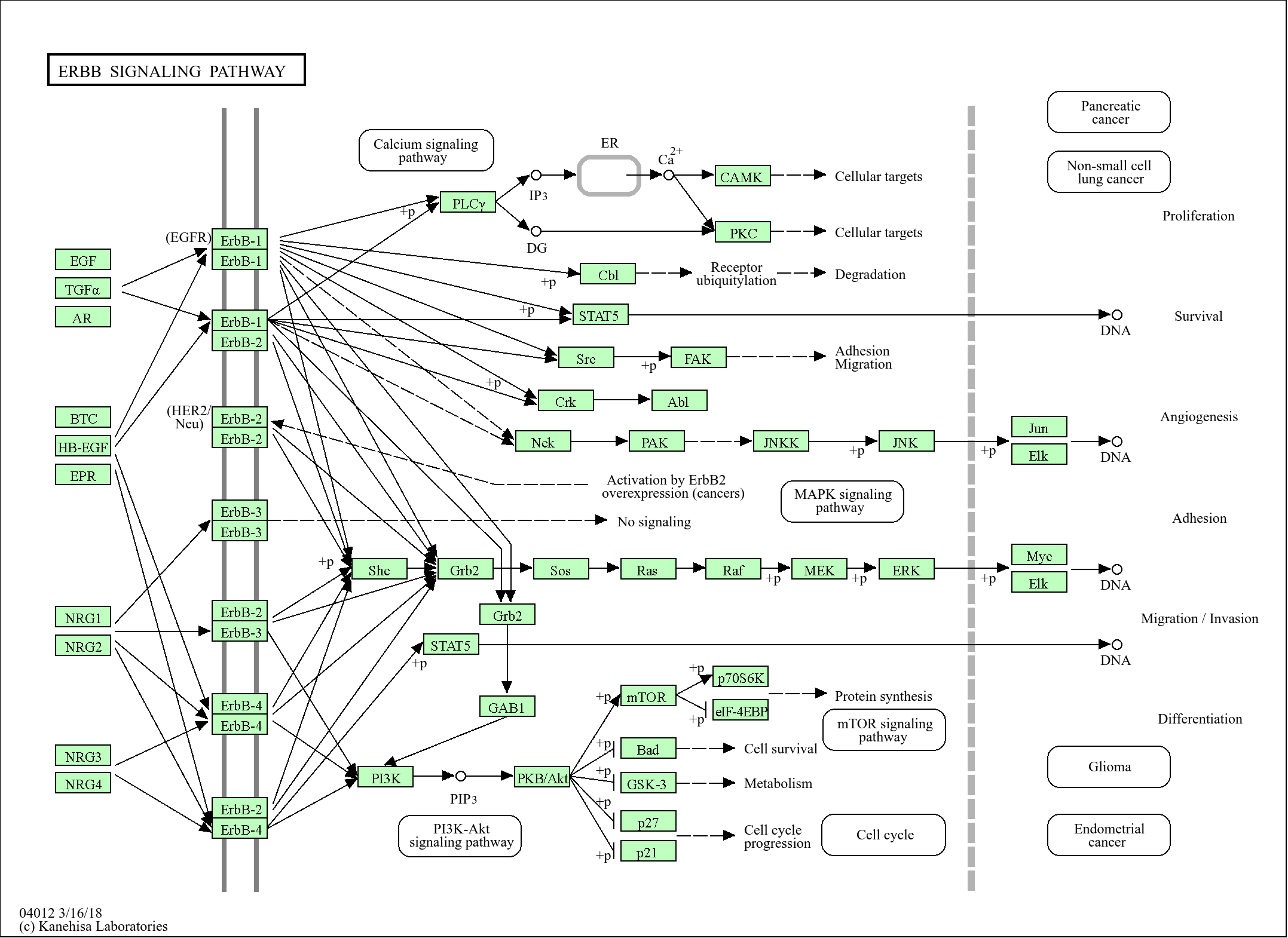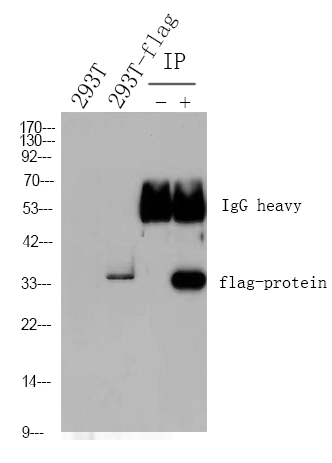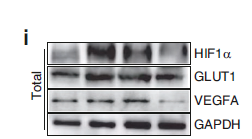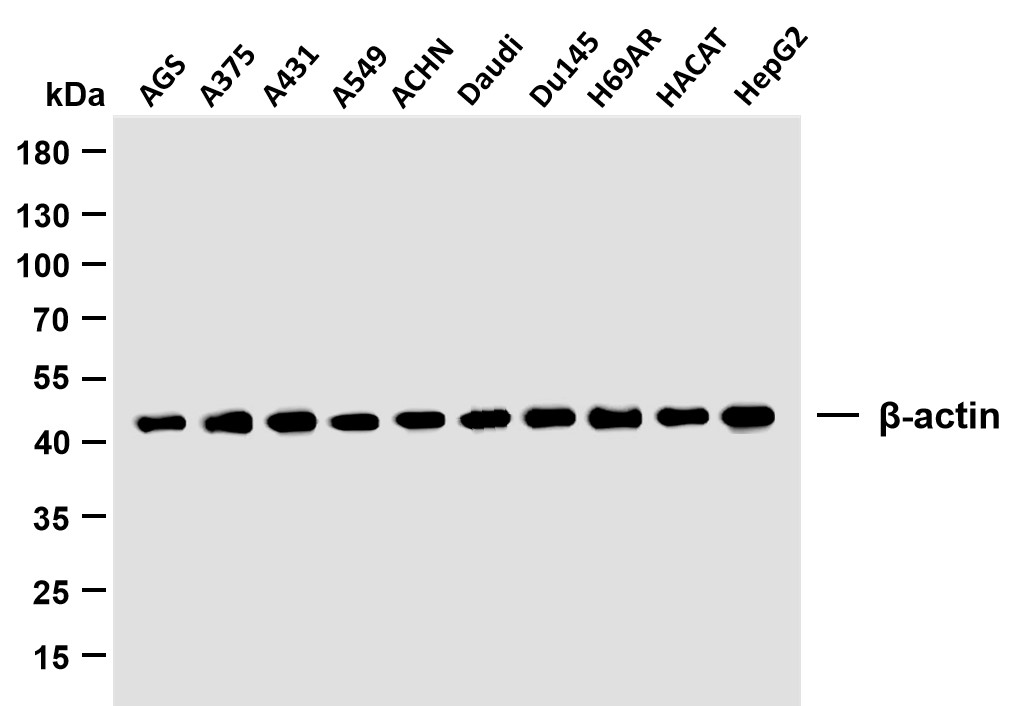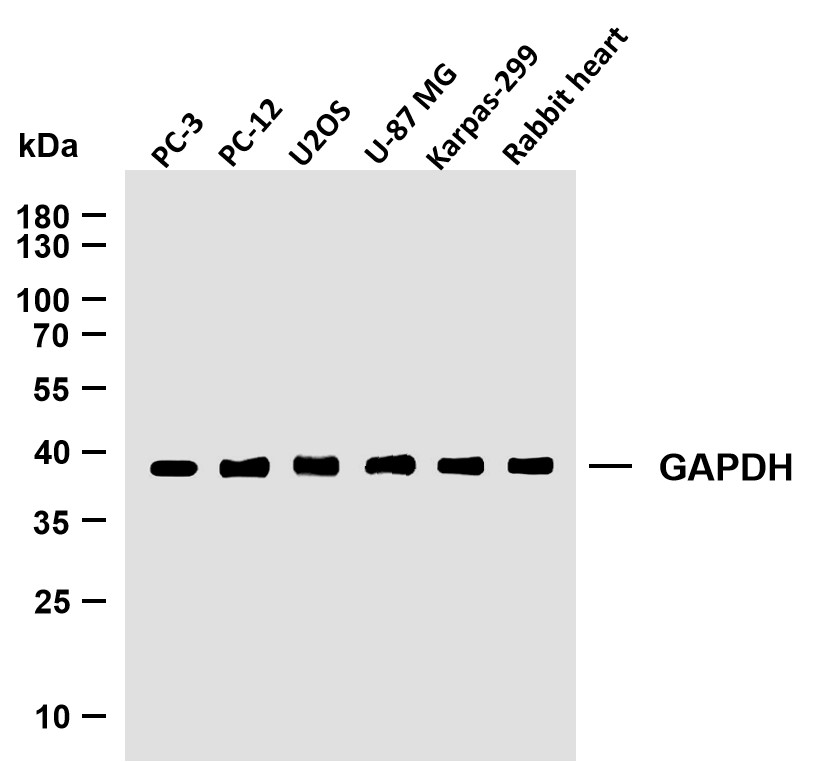
Catalog: YT6569
Size
Price
Status
Qty.
200μL
$450.00
In stock
0
100μL
$280.00
In stock
0
40μL
$150.00
In stock
0
Add to cart


Collected


Collect
Main Information
Target
VIP1
Host Species
Rabbit
Reactivity
Human, Mouse, Rat
Applications
WB
MW
158kD (Calculated)
Conjugate/Modification
Unmodified
Detailed Information
Recommended Dilution Ratio
WB 1:500-2000
Formulation
Liquid in PBS containing 50% glycerol, 0.5% BSA and 0.02% sodium azide.
Specificity
This antibody detects endogenous levels of VIP1 at Human/Mouse/Rat
Purification
The antibody was affinity-purified from rabbit antiserum by affinity-chromatography using epitope-specific immunogen.
Storage
-15°C to -25°C/1 year(Do not lower than -25°C)
Concentration
1 mg/ml
MW(Calculated)
158kD
Modification
Unmodified
Clonality
Polyclonal
Isotype
IgG
Related Products
Antigen&Target Information
Immunogen:
Synthesized peptide derived from human VIP1 AA range: 1350-1400
show all
Specificity:
This antibody detects endogenous levels of VIP1 at Human/Mouse/Rat
show all
Gene Name:
PPIP5K1 HISPPD2A IP6K IPS1 KIAA0377 VIP1
show all
Protein Name:
VIP1
show all
Background:
This gene encodes a dual functional inositol kinase. The encoded enzyme converts inositol hexakisphosphate to diphosphoinositol pentakisphosphate and diphosphoinositol pentakisphosphate to bis-diphosphoinositol tetrakisphosphate. This protein may be important for intracellular signaling pathways. Alternate splicing results in multiple transcript variants. A pseudogene of this gene is found on chromosome 15.[provided by RefSeq, Jun 2010],
show all
Function:
Catalytic activity:ATP + 1D-myo-inositol 1,3,4,5,6-pentakisphosphate = ADP + diphospho-1D-myo-inositol tetrakisphosphate (isomeric configuration unknown).,Catalytic activity:ATP + 1D-myo-inositol 5-diphosphate pentakisphosphate = ADP + 1D-myo-inositol bisdiphosphate tetrakisphosphate (isomeric configuration unknown).,Catalytic activity:ATP + 1D-myo-inositol hexakisphosphate = ADP + 5-diphospho-1D-myo-inositol (1,2,3,4,6)pentakisphosphate.,Caution:Although related to histidine acid phosphatases, it lacks the conserved active sites, suggesting that it has no phosphatase activity.,Function:Bifunctional inositol kinase that catalyzes the formation of diphosphoinositol pentakisphosphate (InsP7 or PP-InsP5) and bi-diphosphoinositol tetrakisphosphate (InsP8 or PP2-InsP4). Converts inositolitol hexakisphosphate (InsP6) to InsP7. Also able to convert InsP7 to InsP8. Probably specifically mediates the formation of 4PP-InsP5 and 6PP-InsP5 InsP7 isomers but not of 5PP-IP5 InsP7 isomer. Activated when cells are exposed to hyperosmotic stress.,similarity:Belongs to the histidine acid phosphatase family. VIP1 subfamily.,tissue specificity:Widely expressed, with a higher expression in skeletal muscle, heart and brain.,
show all
Cellular Localization:
Cytoplasm, cytosol . Cell membrane . Relocalizes to the plasma membrane upon activation of the PtdIns 3-kinase pathway. .
show all
Tissue Expression:
Research Areas:
>>Phosphatidylinositol signaling system
show all
Reference Citation({{totalcount}})
Catalog: YT6569
Size
Price
Status
Qty.
200μL
$450.00
In stock
0
100μL
$280.00
In stock
0
40μL
$150.00
In stock
0
Add to cart


Collected


Collect
Recently Viewed Products
Clear allPRODUCTS
CUSTOMIZED
ABOUT US
Toggle night Mode
{{pinfoXq.title || ''}}
Catalog: {{pinfoXq.catalog || ''}}
Filter:
All
{{item.name}}
{{pinfo.title}}
-{{pinfo.catalog}}
Main Information
Target
{{pinfo.target}}
Reactivity
{{pinfo.react}}
Applications
{{pinfo.applicat}}
Conjugate/Modification
{{pinfo.coupling}}/{{pinfo.modific}}
MW (kDa)
{{pinfo.mwcalc}}
Host Species
{{pinfo.hostspec}}
Isotype
{{pinfo.isotype}}
Product {{index}}/{{pcount}}
Prev
Next
{{pvTitle}}
Scroll wheel zooms the picture
{{pvDescr}}

